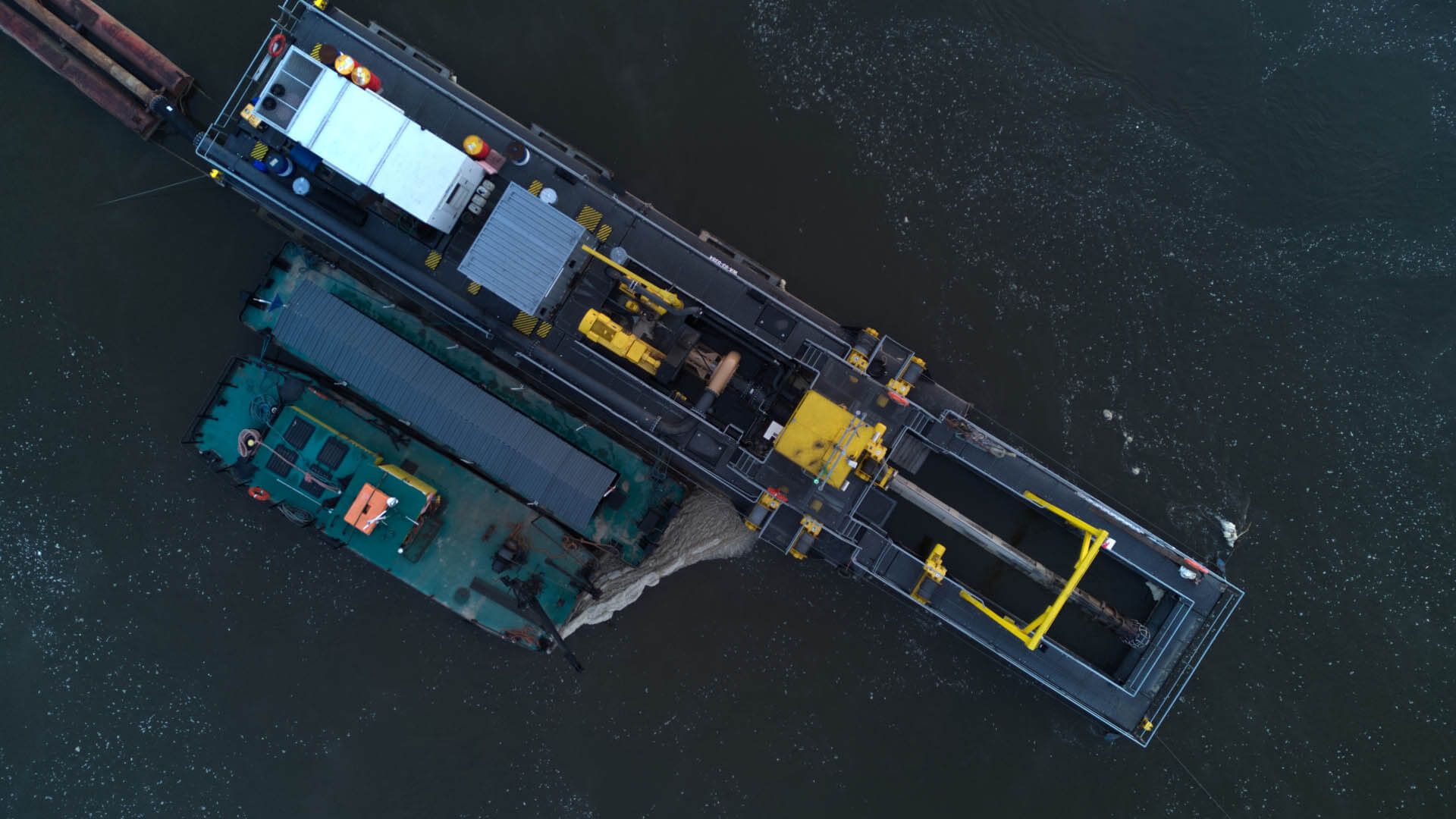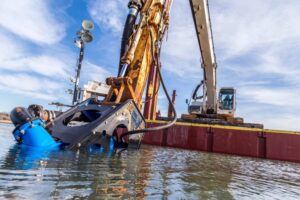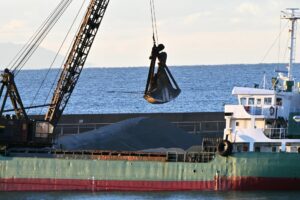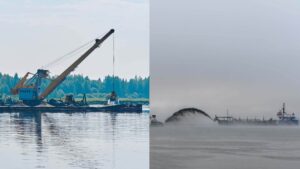In large-scale construction projects involving waterways, harbors, and land reclamation, connecting dredge pipelines plays a crucial role. These pipelines transport slurry, sediment, and debris from the dredging site to designated disposal areas. Efficiently connecting dredge pipelines is vital for ensuring that the material flow remains uninterrupted, minimizing delays, and reducing costs. This article will discuss the tools, methods, and best practices necessary for mastering dredge pipeline connections and ensuring long-term efficiency and success in construction projects.
1. Understanding the Basics of Dredge Pipelines
Dredge pipelines are the backbone of material transport in dredging projects. These pipelines facilitate the movement of slurry, a mixture of water and solids, from the dredging vessel to the disposal or reclamation area. Mastering dredge pipeline connections ensures that the pipeline system operates smoothly without interruptions caused by leaks, blockages, or poor connections.
There are three primary types of dredge pipelines used in construction:
- Floating pipelines: These pipelines rest on the water’s surface and are supported by floaters. They are commonly used in shallow waterways, rivers, and coastal areas.
- Submerged pipelines: These pipelines lie on the riverbed or seafloor, used in deeper water operations to keep the transport of material out of the way of surface activities.
- Land-based pipelines: These pipelines transport material from water bodies to land-based disposal areas, often constructed from steel or high-density polyethylene (HDPE) for durability and longevity.
The key to mastering dredge pipeline connections is ensuring that each section of the pipeline is securely fastened and aligned to minimize stress points that can lead to damage. Misalignment or improper connections can lead to leaks, increased wear, and decreased operational efficiency. Understanding the different types of pipelines and their role in the construction process is the first step toward efficiently connecting dredge pipelines.
2. Tools for Efficient Pipeline Connections
Efficiently connecting dredge pipelines requires the right set of construction pipeline tools. These tools ensure that pipeline sections are securely joined, preventing leaks and maintaining consistent material flow throughout the dredging process. The selection of tools is critical to the overall performance of the dredge pipeline system.
Some essential construction pipeline tools include:
- Couplers: These devices are used to join two sections of the pipeline securely. Couplers come in various sizes and materials, allowing flexibility in joining different types of pipelines.
- Clamps: Clamps are used to secure flexible rubber hoses to metal or plastic pipelines. They ensure a tight seal and are adjustable, allowing for quick adjustments during operation.
- Flanges: Flanges are rings welded or fused to the end of pipeline sections. They are bolted together to create a strong and durable connection, which is especially useful for steel and HDPE pipelines.
- Lifting equipment: For large-scale projects, handling heavy steel or HDPE pipelines requires specialized lifting equipment, such as cranes or pipe handlers, to ensure proper alignment and secure connections.
Choosing the right construction pipeline tools depends on the type of pipeline being used and the specific conditions of the project. For example, couplers may be ideal for floating pipelines that require flexibility, while flanges may be better suited for land-based or submerged pipelines that need more rigid connections. Using the right tools is essential for successfully connecting dredge pipelines.
3. Methods for Connecting Dredge Pipelines
To ensure the integrity of the pipeline system, following proper pipeline connection methods is crucial. The techniques used for connecting dredge pipelines vary depending on the type of pipeline and the project environment. Effective connection methods prevent leaks, maintain pipeline flexibility, and ensure that material flows smoothly through the system.
Here are some pipeline connection best practices for different types of dredge pipelines:
- Floating pipelines: These require flexible couplings or clamps to allow for movement caused by water currents or tides. Ensuring that the floating pipeline can adjust to these natural forces without breaking the seal is essential for long-term operation.
- Submerged pipelines: These are typically connected using flanges or welded joints. Welding creates a seamless, strong connection that can withstand the pressure of underwater operation. For HDPE pipes, heat fusion is a common technique, ensuring that the connection is leak-proof and able to handle high pressures.
- Land-based pipelines: These often use flanges or mechanical couplings to join pipeline sections. Proper alignment is key in land-based systems, as misalignment can cause stress on the connections, leading to leaks or ruptures over time.
Each of these methods helps ensure that the pipeline system remains secure throughout the project. Flexibility is crucial in floating systems, while strength and durability are more important for submerged and land-based pipelines. By applying these methods, construction teams can ensure that connecting dredge pipelines is done efficiently and securely.
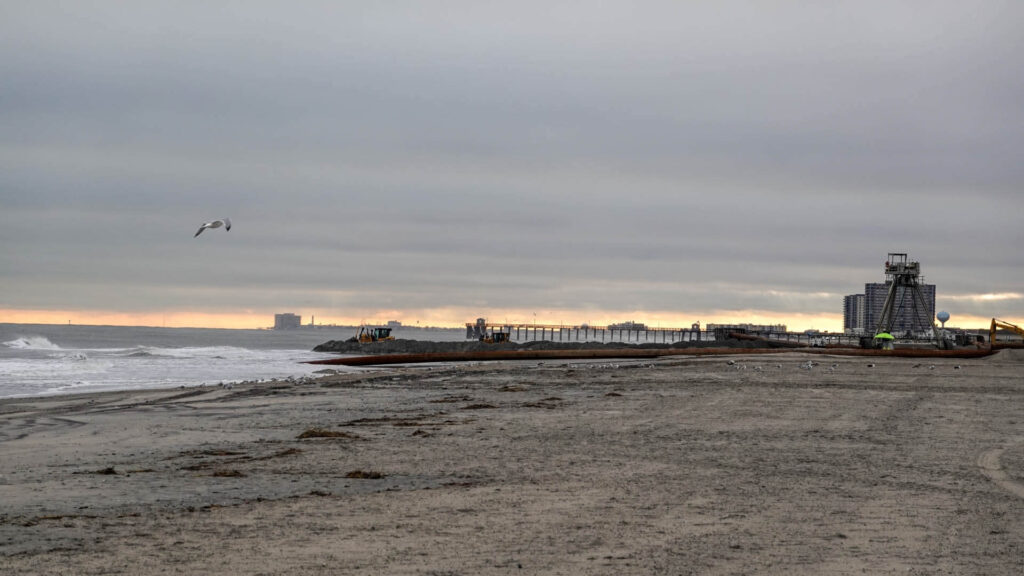
4. Best Practices for Maintaining Pipeline Integrity
Maintaining pipeline integrity throughout the project lifecycle is essential for preventing costly repairs or downtime. By following pipeline connection best practices, construction teams can ensure that pipeline systems remain functional and efficient.
Here are some tips for maintaining pipeline integrity:
- Regular inspections: Conduct routine checks on all pipeline connections to identify any signs of wear, misalignment, or leaks. Catching issues early can prevent more significant problems later in the project.
- Proper support: Ensure that pipelines are adequately supported, especially in floating or submerged systems. Proper support prevents sagging, which can place unnecessary strain on the pipeline connections.
- Address potential issues promptly: If any signs of damage, leaks, or misalignment are noticed, they should be addressed immediately. Leaving minor issues unchecked can lead to major problems that are costly to repair.
- Adapt to environmental challenges: Construction environments often change due to weather or shifting terrain. Ensure that pipeline systems are designed to handle these changes without compromising connection integrity.
By following these pipeline connection best practices, teams can extend the lifespan of their pipeline systems and minimize downtime during construction, ensuring that connecting dredge pipelines is done properly.
5. Enhancing Project Efficiency with Proper Pipeline Connections
Properly connecting dredge pipelines has a direct impact on project efficiency. Well-executed pipeline connections can reduce downtime, minimize repair costs, and keep projects on schedule. When dredging projects rely on secure pipeline connections, they can maintain a continuous flow of materials, which is essential for completing construction tasks efficiently.
Mastering dredge pipeline connections also leads to cost savings. Secure and durable connections reduce the risk of pipeline failure, which can result in expensive repairs or even project delays. By ensuring that pipelines are connected properly from the outset, teams can avoid these costly disruptions.
There are many examples of how successful dredge pipeline connections have improved project outcomes. For instance, in large-scale harbor deepening projects, properly connected dredge pipelines allowed material to be transported continuously without interruption, leading to faster project completion times and lower overall costs.
Conclusion
Mastering connecting dredge pipelines is essential for the success of large-scale construction projects involving waterways and land reclamation. By understanding the role of dredge pipelines, utilizing the right construction pipeline tools, following proper connection methods, and adhering to pipeline connection best practices, construction teams can ensure the longevity and efficiency of their pipeline systems.
Efficiently connecting dredge pipelines leads to smoother operations, fewer disruptions, and cost savings. Prioritizing the use of proper tools and techniques is crucial for ensuring long-term pipeline reliability and project success. By mastering dredge pipeline connections, construction teams can achieve their project goals while maintaining operational efficiency and minimizing costs.
Connecting dredge pipelines effectively ensures not only the success of the current project but also lays the foundation for future projects, where efficient connections continue to provide operational advantages. Teams that focus on securely connecting dredge pipelines will see long-term improvements in their overall project outcomes.


